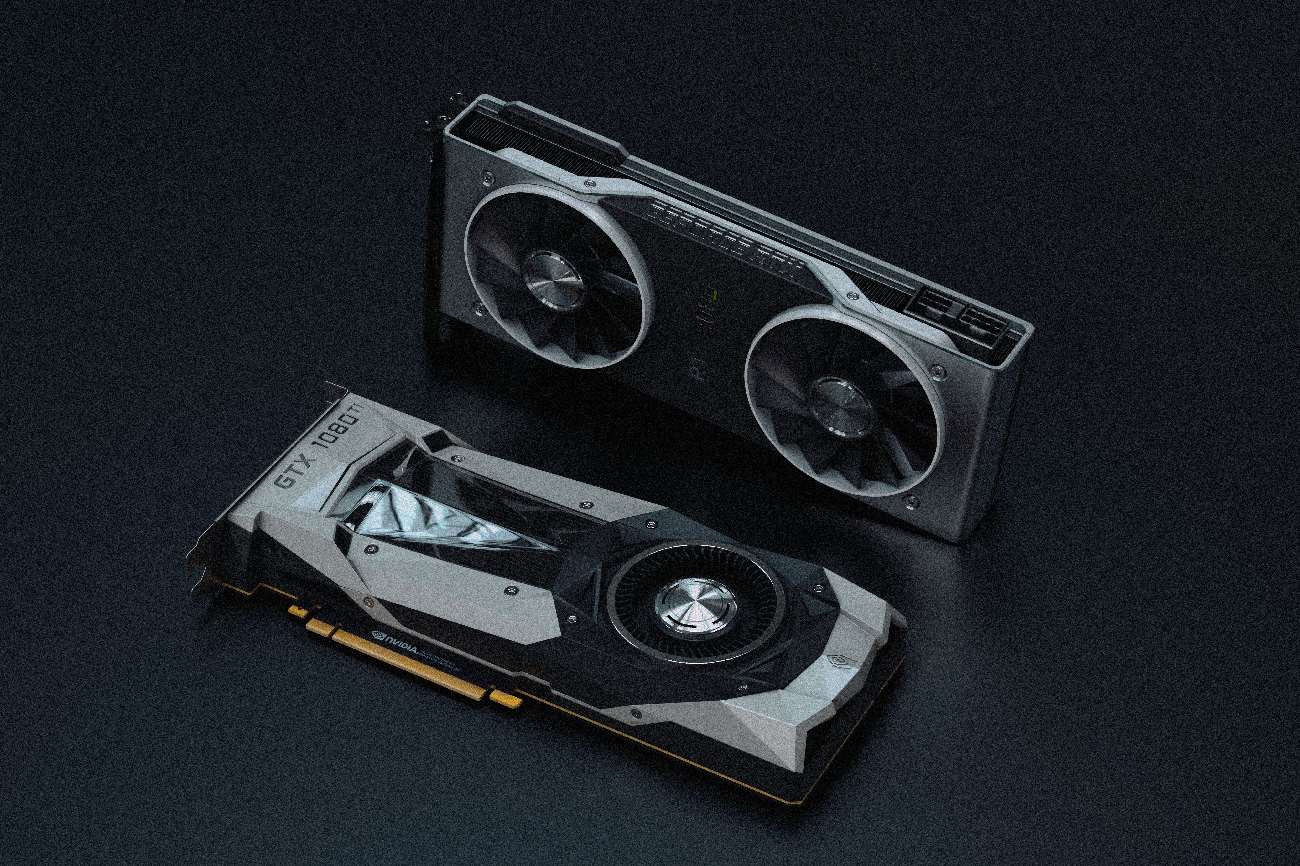Laptops are extremely useful tools for various tasks, including word processing, statistical analysis, gaming, live streaming, etc. However, not all laptops are made equal, and the capabilities of a laptop are directly correlated to the quality of hardware available on it.
Hence, those who focus on video-intensive activities such as gaming and movie production demand more of their laptop’s video processing abilities than the average human. To meet these demands, one may consider installing a second graphics card.
This article will discuss the feasibility of having two graphics cards on a laptop and explain what you can do if you want to run two different graphics cards.
Can a Laptop Have 2 Graphics Cards?
A laptop can have two graphics cards, but this implication is often misunderstood, and it is important to clarify what this means in practical terms.
A graphics card is a physical card that can be installed on a computing device and helps to compute and generate graphics that are subsequently displayed on your laptop screen. It may alternatively be called a video card, display card, graphics adapter, video adapter, display adapter, video graphics array (VGA), or VGA adapter. Usually, they are placed in dedicated slots in much the same way as random access memory (RAM) data sticks.
Laptops rarely have one graphics card, let alone two, because the term “graphics card” describes a form factor that prizes cheapness and compatibility with multiple devices over the portability and compactness that laptops are known to possess. Thus, what some may call “graphics cards” on laptops are, in reality, graphics processing units (GPUs). Each graphics card contains a graphics processing unit, but graphics processing units on laptops are not typically housed within graphics cards.
A graphics processing unit is an electronic circuit that performs the same tasks as a graphics card; in the case of laptops, graphics processing units are soldered onto the motherboard of the laptop and are neither removable nor interchangeable. Modern laptops typically come with two graphics processing units:
- An integrated graphics processing unit
- A dedicated graphics processing unit
The integrated graphics processing unit is housed on your main processor and is part of your Intel or AMD microprocessor chip; it is what you would use for word processing, watching movies, and playing low-demand video games like Minecraft. In contrast, the dedicated graphics card is typically made by Nvidia or AMD and is for high-demand activities like video editing and playing games like Grand Theft Auto V.
This arrangement helps reduce power consumption by relying on the more power-hungry graphics processing unit when needed and sticking to the integrated graphics processing unit at all other times. Nevertheless, some specialized laptops are specifically made for high-demand use and come with two dedicated graphics processing units instead of the usual one.
Can a Laptop Run 2 Different Graphics Cards?
A laptop can run two different graphics processing units simultaneously, but that is not the norm.
Though laptops can have 2 or 3 different graphics processing units, just like when you have both integrated and dedicated graphics processing units, two dedicated graphics processing units do not typically work concurrently. Hence, adding a new one does not automatically improve your laptop’s image processing.
The primary reason for this is that when these graphics processing units run concurrently, they are not working together but are working side by side. Hence, running two graphics processing units simultaneously would not increase the quality of images your laptop can render (so it would be pointless for gaming). Still, it would increase how many iterations of an image processing function your laptop can perform.
Furthermore, this capability is not enabled by default due to the aforementioned redundancy and the potential heat generation that would result when overloading the laptop’s computational capabilities. However, should a user still have cause to do this (for example, if said user needs to generate multiple 3D models), it can be done using Direct X 12.

How to Run 2 Different Graphics Cards
Direct X 12 must be installed if you want to run two different graphics processing units simultaneously. Direct X is software designed by the company Microsoft that allows multiple laptop programs, pieces of hardware, or single laptops, to communicate with one another.
The 12th edition, Direct X 12, comes with a feature called “multi-adapter” support (i.e., the simultaneous use of multiple graphics processing units). Direct X 12 is freely available from Microsoft, but it can only be installed on Windows 10.
To check what version of DirectX you have on your laptop, you need to first open the “Command Prompt” application by clicking the “Windows Key” and searching for “dxdiag.” Next, right-click “dxdiag” and choose the “run as administrator” option. Switch to the “System” tab in the top left corner of the screen and look for information about the version of Direct X installed on your laptop.
Suppose the version of Direct X installed is Direct X 12. In that case, you can run two graphics processing units simultaneously by choosing your primary graphics processing unit and then specifying that a select program uses a graphics processing unit that is different from the primary graphics processing unit.
To do this, click the “Windows Key,” then search for and open “Settings.” Next, click on the “System” icon at the left corner, followed by the “Display” icon at the top-left edge of the screen on the next page. Scroll down to the “Multiple Displays” section and select “Graphics Settings.”
Ensure the preference box that appears is set to “Classic App” and click “Browse.” Next, navigate to the location of the executable file of the application you want to specify a graphics processing unit for and select it. Afterward, click the “Add” button.
Once the program is added, click on the “Options” button to the bottom right of the program and select the graphics processing unit you prefer for that program to use, after which you can click “Save.”
Afterward, navigate to your desktop and right-click any blank space on the screen. Click on “Nvidia Control Panel” and expand the “3D Settings” tab on the left side of the page. Under it, click on “Manage Settings” and then switch to the “Program Settings” tab at the top of the page.
A pull-down menu should appear. Click on it and look for “Preferred Graphics Processor.” Next, select the primary graphics processing unit of your choice and hit the “Save” button
Final Thoughts
Laptops do not typically use graphics cards, but modern laptops usually contain two graphics processing units: an integrated one and a dedicated one. However, some laptops do contain two dedicated graphics processing units.
This is not necessarily beneficial to the user’s image processing demands because two graphics processing units will not run simultaneously unless Direct X 12 is installed and they are set to do so by the user. Even if they are set to do so, the graphic processing capabilities do not combine but instead multitask.
This is useful for those who need to render multiple images at once but is not useful for gamers because it does not increase the frame rate of the laptop.

